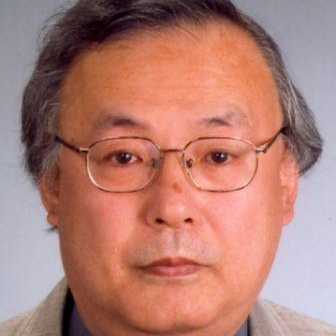Quantum Materials
A special issue of Applied Sciences (ISSN 2076-3417). This special issue belongs to the section "Materials Science and Engineering".
Deadline for manuscript submissions: closed (30 April 2018) | Viewed by 9720
Special Issue Editor
Interests: spintronics devices; luminescence in quantum systems; defects (vacancies); diluted magnetic semiconductors (DMS); strongly correlated electron system
Special Issue Information
Dear Colleagues,
Quantum effects appear in various research fields in condensed matter physics and chemistry, and the applications in practical devices are widely expanding, with advance in the art of the fine nano-manufacturing techniques. In modern science, or in generating highly technological electronic devices, the exploitation of quantum phenomena cannot be avoided. Quantum computers need coherent control of the quantum materials. The luminescence from quantum materials, such as dots, nano-wires, and nano-particles, brings high efficiency. In the field of strongly correlated electron systems, new progress is reported daily. In this field, research fields relating quantum materials will grow quickly and widely. Such situations in quantum materials require summarized reports at suitable times. Our present lives are owed to devices involving quantum phenomena; this will be even more true in the near future.
This Special Issue of Applied Science, “Quantum Materials”, shines a spotlight on modern developments relating to quantum phenomena, and aims to cover recent advances in the exploitation of quantum phenomena, and, further, to address new activities in the fields of physics, chemistry, and biology, as well as in relevant application fields.
Prof. Dr. Shuichi Emura
Guest Editor
Manuscript Submission Information
Manuscripts should be submitted online at www.mdpi.com by registering and logging in to this website. Once you are registered, click here to go to the submission form. Manuscripts can be submitted until the deadline. All submissions that pass pre-check are peer-reviewed. Accepted papers will be published continuously in the journal (as soon as accepted) and will be listed together on the special issue website. Research articles, review articles as well as short communications are invited. For planned papers, a title and short abstract (about 100 words) can be sent to the Editorial Office for announcement on this website.
Submitted manuscripts should not have been published previously, nor be under consideration for publication elsewhere (except conference proceedings papers). All manuscripts are thoroughly refereed through a single-blind peer-review process. A guide for authors and other relevant information for submission of manuscripts is available on the Instructions for Authors page. Applied Sciences is an international peer-reviewed open access semimonthly journal published by MDPI.
Please visit the Instructions for Authors page before submitting a manuscript. The Article Processing Charge (APC) for publication in this open access journal is 2400 CHF (Swiss Francs). Submitted papers should be well formatted and use good English. Authors may use MDPI's English editing service prior to publication or during author revisions.
Keywords
Quantum dot
Nano-wires
2D systems
Nano-particles
Quantum bit
Graphene
Quantum confined-effect
Spin
Spintronics
Strongly correlated system
Photoluminescence





